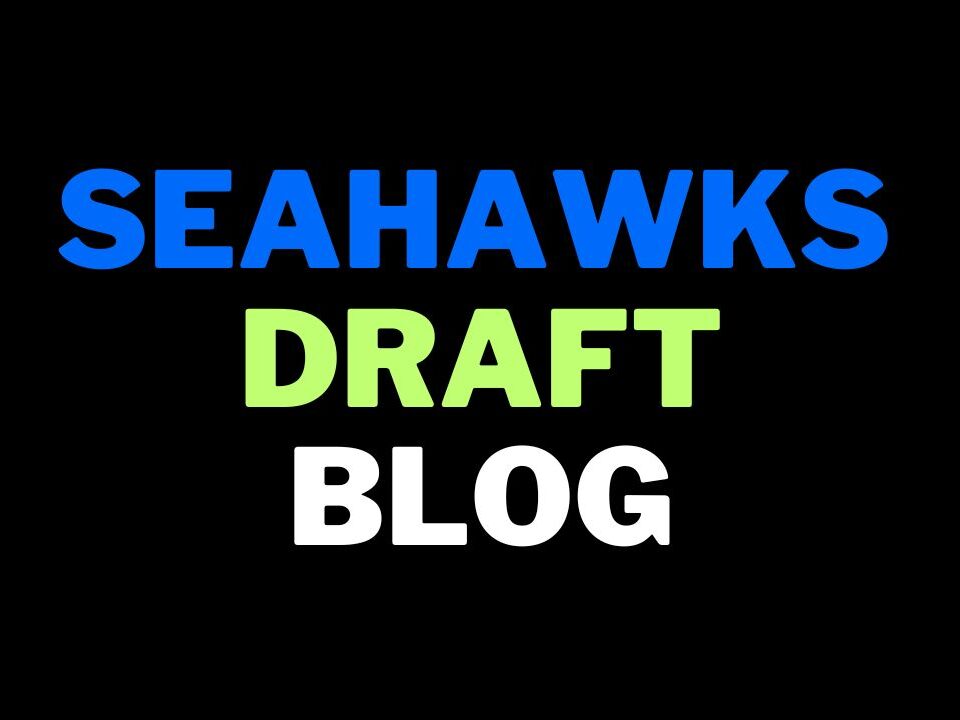
Deshaun Watson led Clemson to a National title
Watson wins Championship, should be a high pick
Deshaun Watson is the latest victim of familiarity. Increasingly we’re rushing to criticise and lament big name college football players. Every problem is over-analysed. Every hole examined.
When do we get back to focusing on what a player can do?
Very few of these prospects are the finished article. Players like Andrew Luck or Von Miller are rare. Look how long it’s taken Jadeveon Clowney to have an impact.
This year already we’ve seen criticism of Leonard Fournette and Jabrill Peppers. Fournette just runs over, around or past SEC defenses and wins a poll among NFL staff vs Ezekiel Elliott. Peppers only averaged +6 yards per carry on offense, recorded 15 TFL’s and was a constant threat in the kicking game at Michigan.
Expectations have never been higher. That’s part of the problem with access. Ten years ago you’d maybe get a chance to watch a live game without being able to pause and rewind TV. Opinions were often recycled from your favourite draft expert.
Now you can log onto Draft Breakdown, take 100 opinions from various Twitter accounts and find condensed, full College Football games on YouTube. If you want to find a flaw in a top prospect, it’s not hard.
Watson started the year being touted as a potential #1 overall pick but that quickly changed after a few difficult games. He still led Clemson to a National Championship against possibly the best defense we’ve ever seen in college football. It’s a unit loaded with first round picks. He had 41 touchdowns this season compared to 17 picks. He has prototypical size, a good arm and the kind of mobility teams love.
He can improvise. He can create as a runner. He has the character and personality to lead a team.
Are there flaws? Yes. Some of his turnovers this season were careless and reckless. Yet overall he has a 90:32 touchdown/interception ratio in college. He’s been a relentless winner on a team that was previously never quite been able to get over the top.
There are so many positives. Would he improve a team like Cleveland or San Francisco? Absolutely. Is he a superior prospect to the #1 pick last year? Probably.
There’s probably a lesson for us all here. There’s a constant need for people to Tweet opinions, offer ‘takes’ and provide relentless mock drafts. There’s nothing wrong with critiquing players and assessing what they can and can’t do. Just maybe spend a bit more time on the ‘what they can do‘ bit.
Watson could and probably should go in the top-10. I can’t believe there are bad teams in the NFL without quarterbacks that won’t be significantly better off with him under center.
Offensive tackles will likely go early
Ryan Ramcyzk declared for the draft today, joining Garett Bolles. Cam Robinson will likely follow after last night’s game.
Watching the NFL playoffs over the weekend highlighted once again the major issue teams have up front. This isn’t exclusively a Seattle issue. Most of the league is looking for help.
The New York Giants have a top-10 pick at left tackle and another first rounder at left guard. Weston Richburg the center is a second round pick. Their right guard is a former third round pick by Miami. The right tackle is a seventh rounder.
Looking at what Giants fans were saying after their blowout loss to the Packers — almost universally they believed rebuilding the O-line was their #1 need.
They won’t be alone.
There was a surprised reaction when Kansas City gave the 2013 #1 overall pick Eric Fisher a contract extension worth $12m a year. He’s been OK but not great. The thing is, the Chiefs would rather keep him than have to replace him. And they’ve paid a high price to retain Fisher — a fairly modest player based on what we’ve seen so far.
With an increasing shortage of good offensive linemen in college, those deemed to be of a certain standard will go early. Jack Conklin wasn’t a perfect player last year. Some graded him in the second or third round. He went eighth overall after a very good combine — Tennessee took a shot and it paid off.
Bolles, Ramcyzk and Robinson will likely have the same experience. There might be better players on the board but ‘best player available’ is just a cliché. Most teams go by ‘best player available at a position of need’. A hell of a lot of teams need offensive tackles. The good ones will not last long in April.
Quick thoughts on the Seahawks
When I mocked David Njoku (TE, Miami) to Seattle in round one last week, I expected a lot of push back. It’s not a huge need with Jimmy Graham on the roster and it’s only a year since they spent a third round pick on Nick Vannett.
The chances are they will go in a different direction. As good as the win was against Detroit, we’ve seen some holes on the roster this year. Whether it’s help for the running game or reinforcements on the D-line — they will have some things to address barring a special end to the current season.
In defense of the pick though — we know the Seahawks will not settle for a middling physical profile with their first round pick. From Germain Ifedi’s hulking size and explosive qualities to Bruce Irvin’s quickness or Earl Thomas’ range. They’re looking for special — even if it means a lot of coaching up.
That doesn’t have to mean an insane combine — but you’re going to need to stand out physically one way or another.
We know they’re unlikely to take an undersized cornerback in round one unless they run like Patrick Peterson. We know they’re unlikely to take a pass rusher with all of the production but a mediocre set of measurements.
Njoku is a freak of nature. A 6-4, 245lbs monster reportedly capable of running in the 4.4’s and jumping 2.09 metres in the High Jump. That’s the kind of special we’re talking about for a coaching staff always happy to try and turn potential into an X-factor.
Until we reach the combine we’ll struggle to confidently judge who else might be on their radar. There will be defensive linemen, offensive linemen, running backs, defensive backs, linebackers, receivers — whatever — that will come to prominence at the end of February.
Until then it’s hard to talk in any kind of depth. We need details. Let’s hope there are several remaining Seahawks games to fill the sizeable gap between now and the combine.

